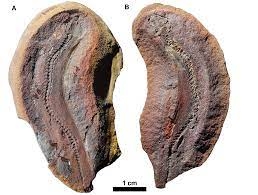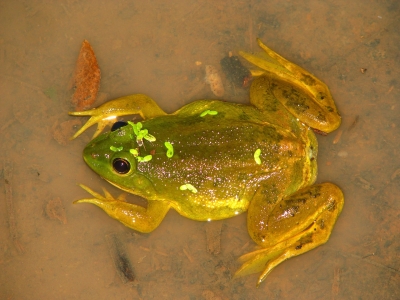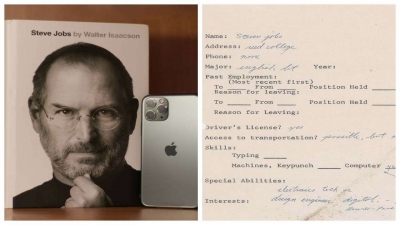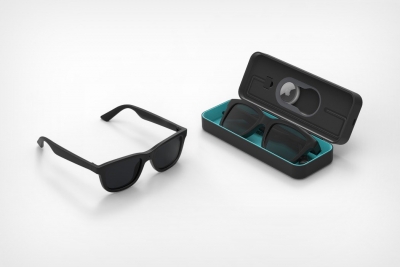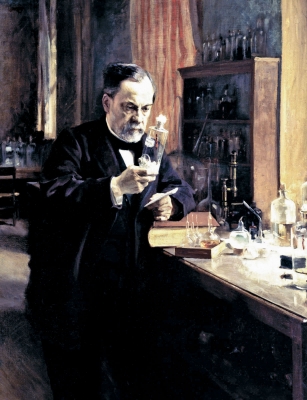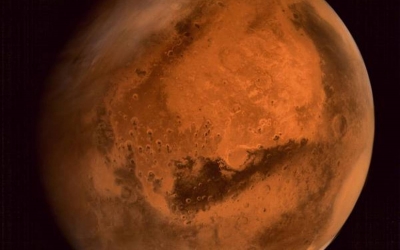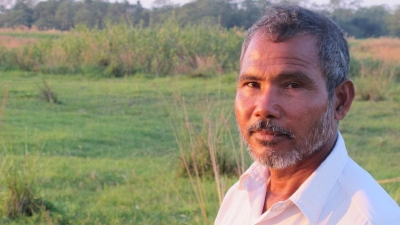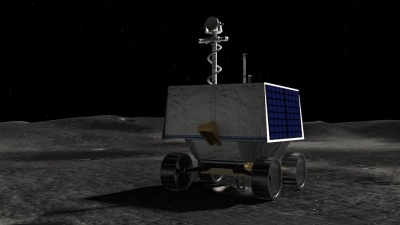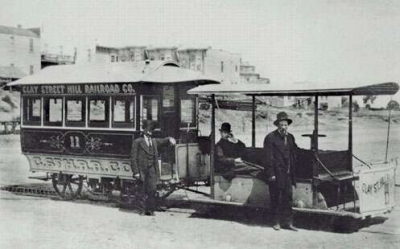
The cable cars in the city of San Francisco are the latest manually operated cable car systems in the world. As they were named a National Historic Landmark in 1964, that means the city is one of the few places in the world where you can actually climb up to a national monument. Moreover, these rides operate more or less the same as in August 1873, when they were first demonstrated successfully by inventor Andrew Smith Hallidie.
Born in London in 1836, Andrew Smith adopted the surname Hallidie in honor of his godfather and uncle, Sir Andrew Hallidie, who had been a physician to King William IV and Queen Victoria. With early training in science and mechanics, Hallidie was able to build an electrical machine from the age of 10.
Moving to San Francisco
At 13, Hallidie began working in a store run by her brother, gaining practical experience to accompany her evening studies. Seeing that the manual work of the day followed by the studies of the evening endangered the health of his son, the father of Hallidie decided to take him to California. And so in 1852, Hallidie reached San Francisco, a city with which he fell totally in love.
While his father was disappointed with his business and returned to England in 1853, Hallidie decided to stay. He traveled for several years to try his hand at mining – an unsuccessful exercise that was far from uneventful. From being transported on a piece of wood over the rapids of a river to being caught in the middle of a forest fire, Hallidie has had several near-escapes, experiences he enjoyed feasting on. people later in life.
Hallidie Cable Car
After returning to San Francisco in 1857 after giving up mining, Hallidie built a good reputation for designing wire suspension bridges. As building bridges not only put him in nature for long periods of time, but also often took him away from his beloved San Francisco, Hallidie decided to devote himself to work relating to wire ropes.
With a rich and diverse work experience that goes hand in hand with his mechanical genius, Hallidie went on to create a number of things and filed numerous patents for his inventions. Among these, the ‘Hallidie Cable Car’ – a method of transporting ore and other materials in iron buckets, even through mountainous regions using an elevated, endless moving line – which he invented was the most popular.
Steep slopes
By 1871, Hallidie had developed the concept and patented ideas for the cable car system.
He says in a report that the idea came to him when he witnessed the “difficulty and pain that horses feel” when they were used to hoist cars on the streets of San Francisco. A number of horses were used in some streets because the slopes in these places were so difficult for a single horse to overcome.
Even though he had a good idea, Hallidie struggled to secure the necessary capital. He was greeted with great derision, and the only ones who supported him in the project did so for their friendship. A company was formed in 1872 and shares were subscribed by the public to raise capital. Most of the money required still came from Hallidie himself, three of his friends, and a 10-year loan with a property as collateral.
Hallidie began engineering work in 1872, with a deadline of August 1, 1873 to have a cable car running, unless his rights expire. Despite facing several new daily challenges that could have crushed a less determined man, Hallidie persevered, designing machines and countless parts, including those needed for the difficult task of making the hole for the cables. underground.
Book on deadline day
Finally, at five in the morning on August 1, a small group including Hallidie and a few of his associates stood atop the hill in Clay Street at the junction of Jones Street. Hallidie assured his friends that there was no cause for alarm and the car recovered to bottom without incident, although several aspects of its operation were tested along the way. The dummy was run over and the car then made its way up the steep hill to Clay Street.
There was no fanfare surrounding the successful demonstration. He was accepted soberly, with only a series of silent handshakes. Hallidie, however, has been able to see the fruits of his tireless labor over the years as the cable railways quickly spread to various parts of the country. Many of his inventions were used and he was able to collect royalties, although he had overlooked the importance of patenting some important aspects of the system.
Hallidie became a respected citizen of San Francisco, and he devoted a great deal of time and effort to the well-being of the community. By the time he died in his San Francisco residence in 1900, his cable cars were already an icon of the city.
Like many other things, the COVID-19 pandemic has dragged down cable cars and their service has been interrupted in San Francisco. The good news, however, is that they are already back in action for testing and will resume full service in September.
Picture Credit : Google
